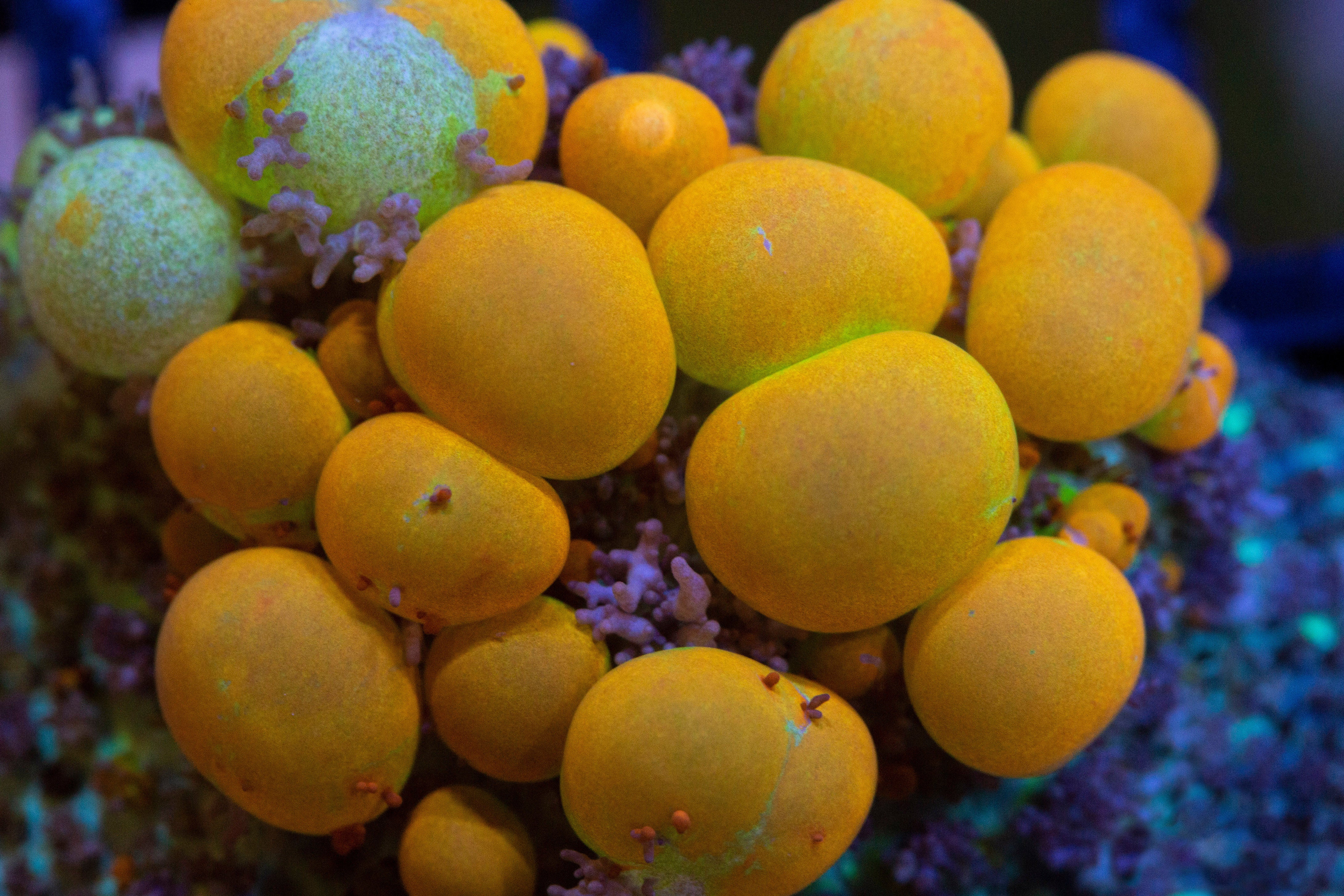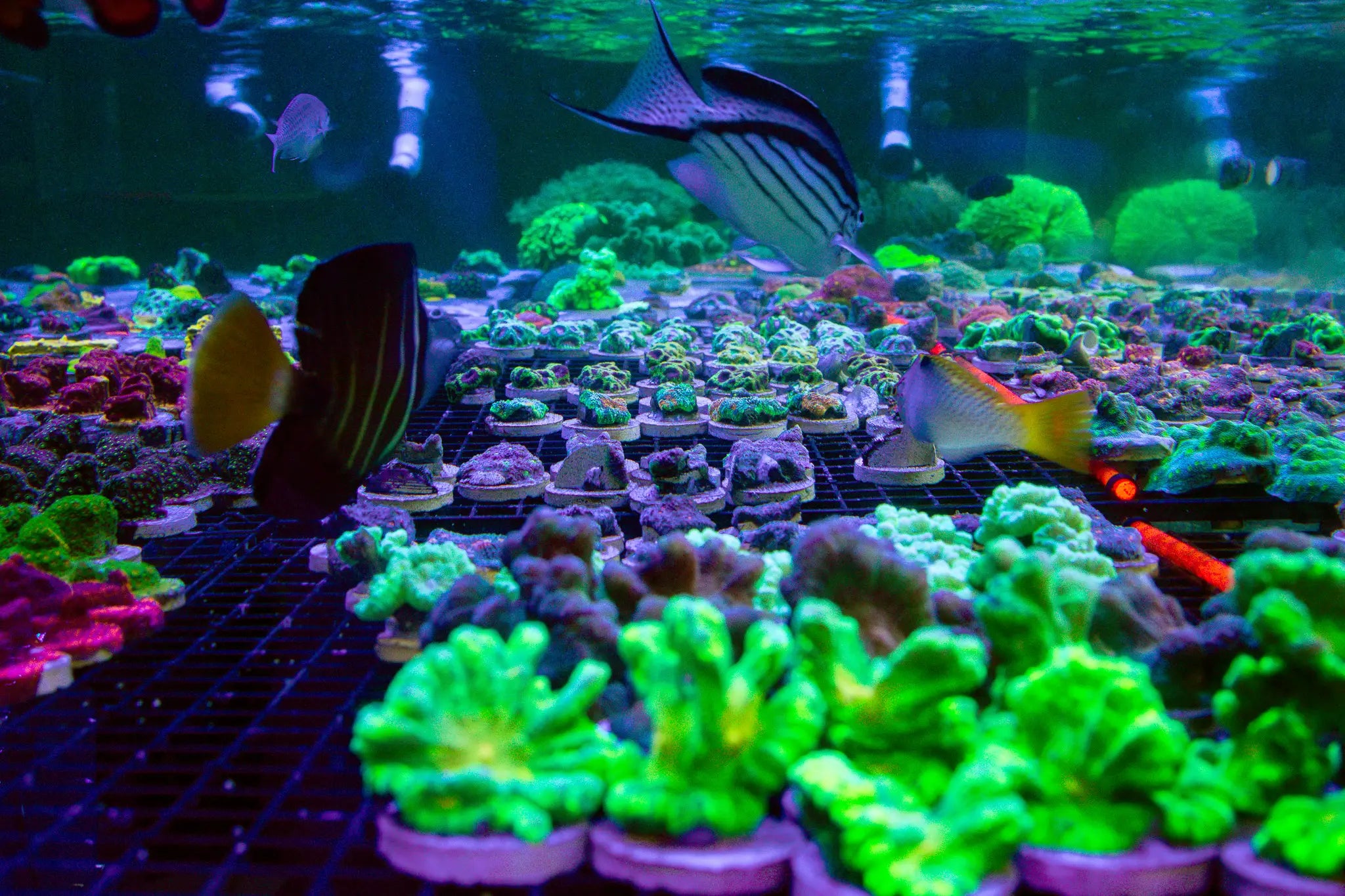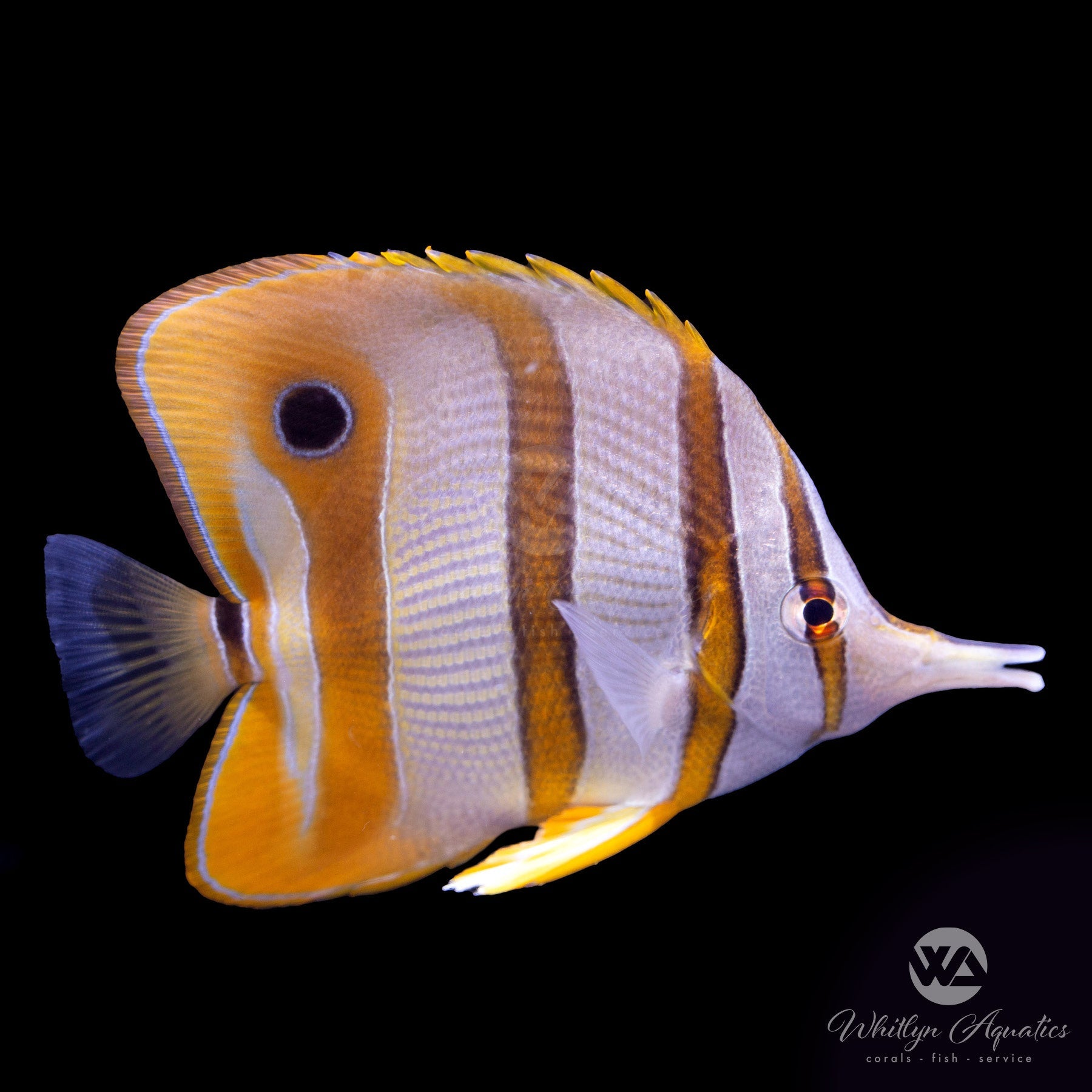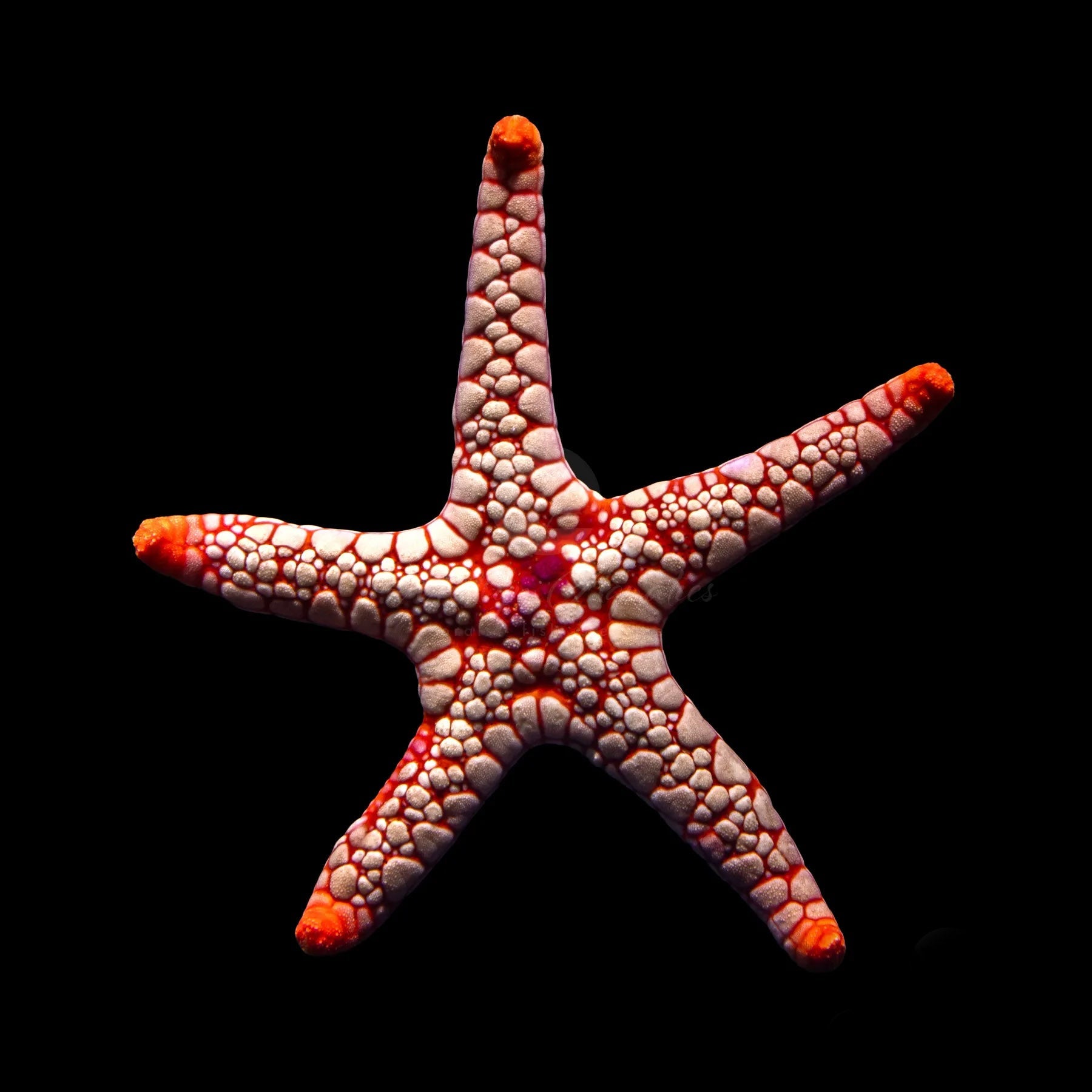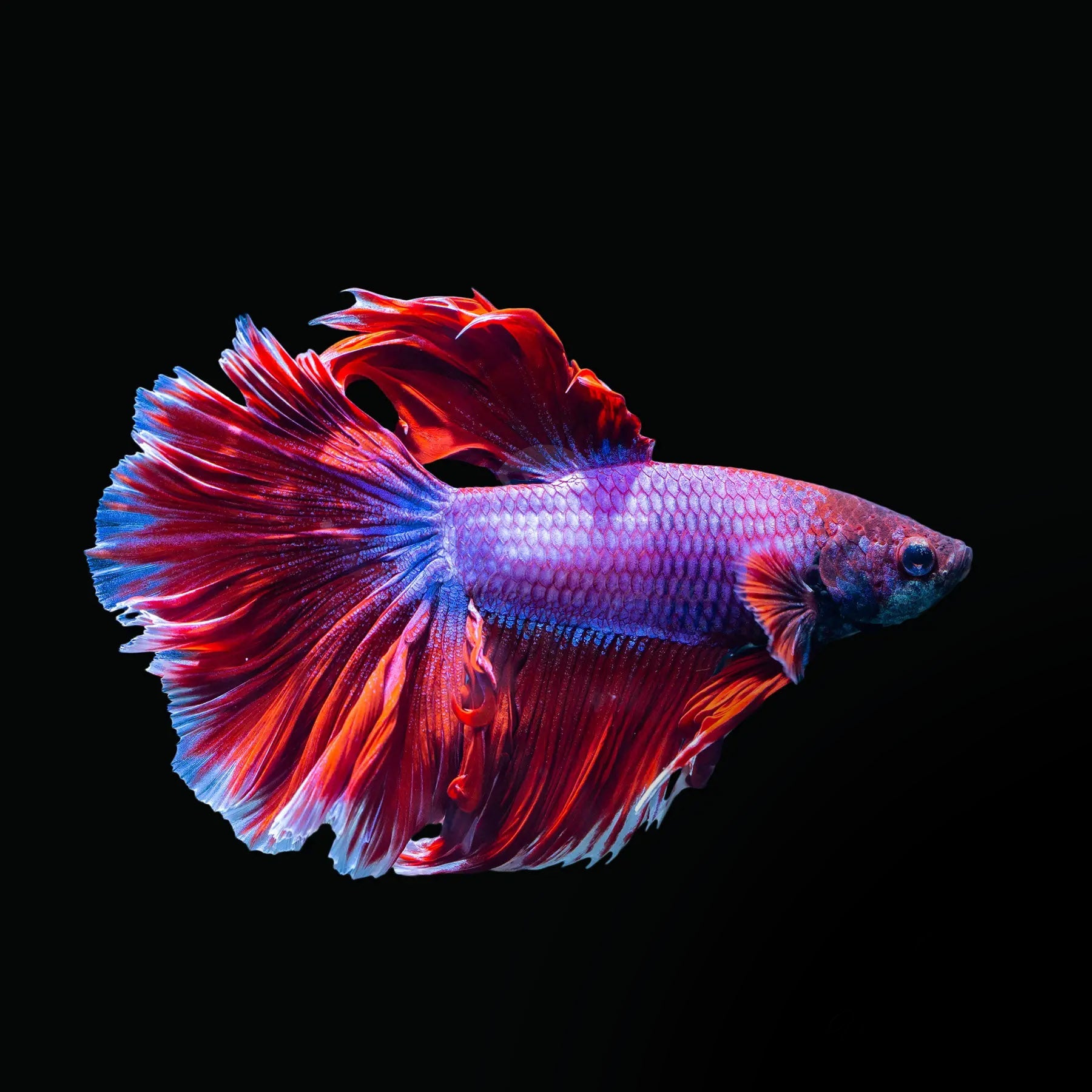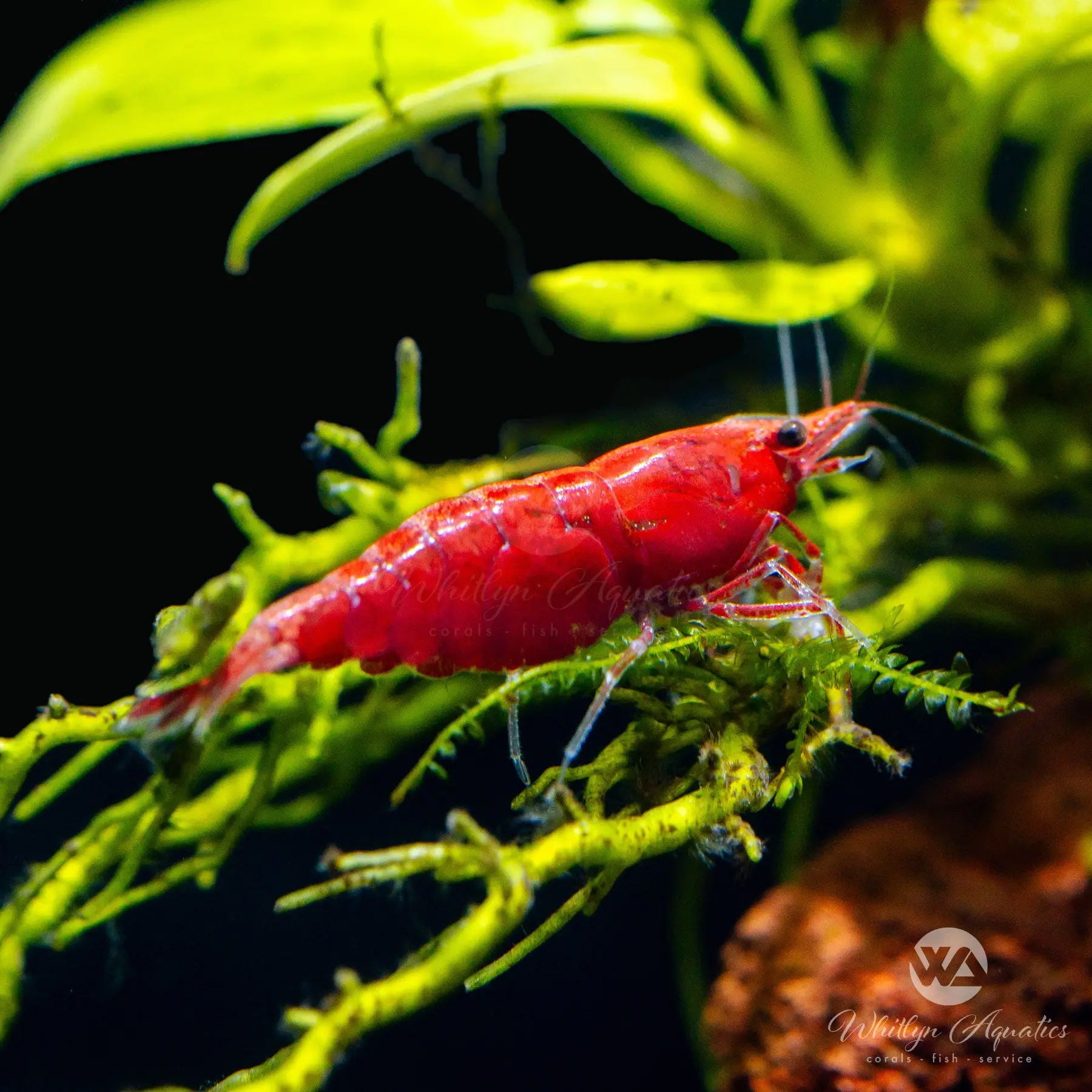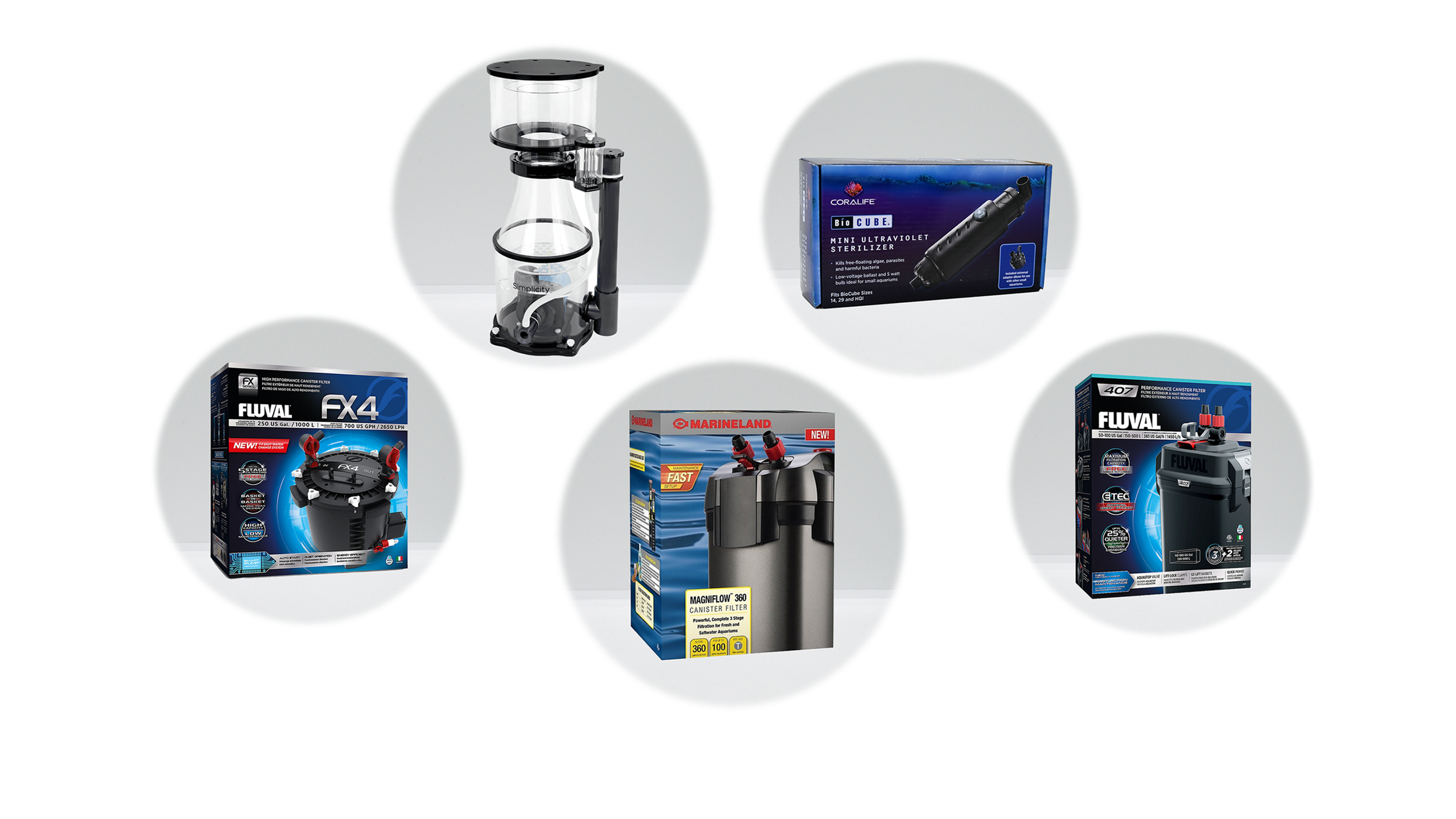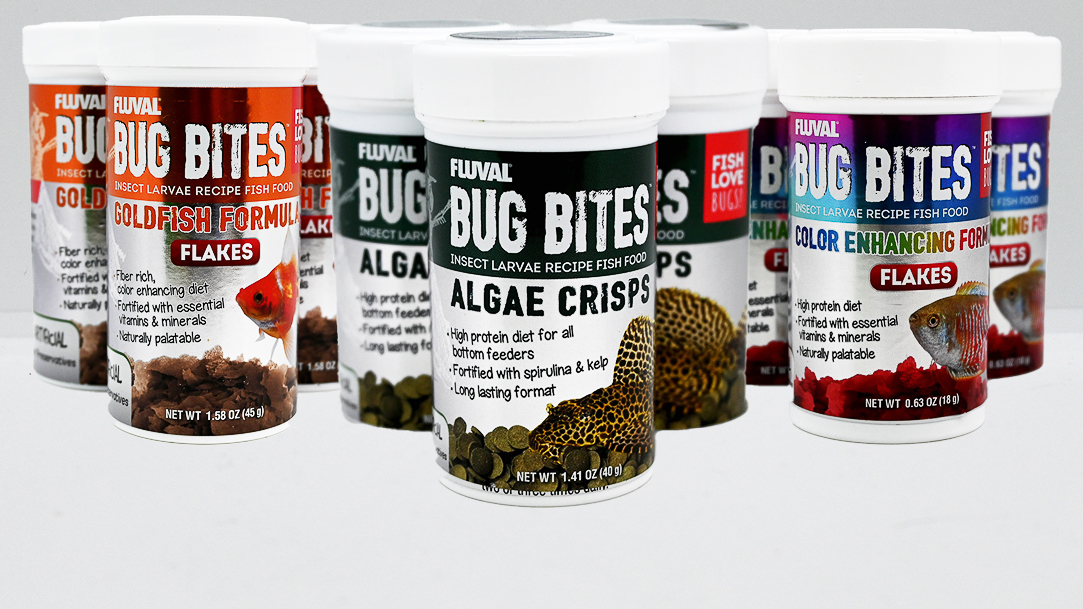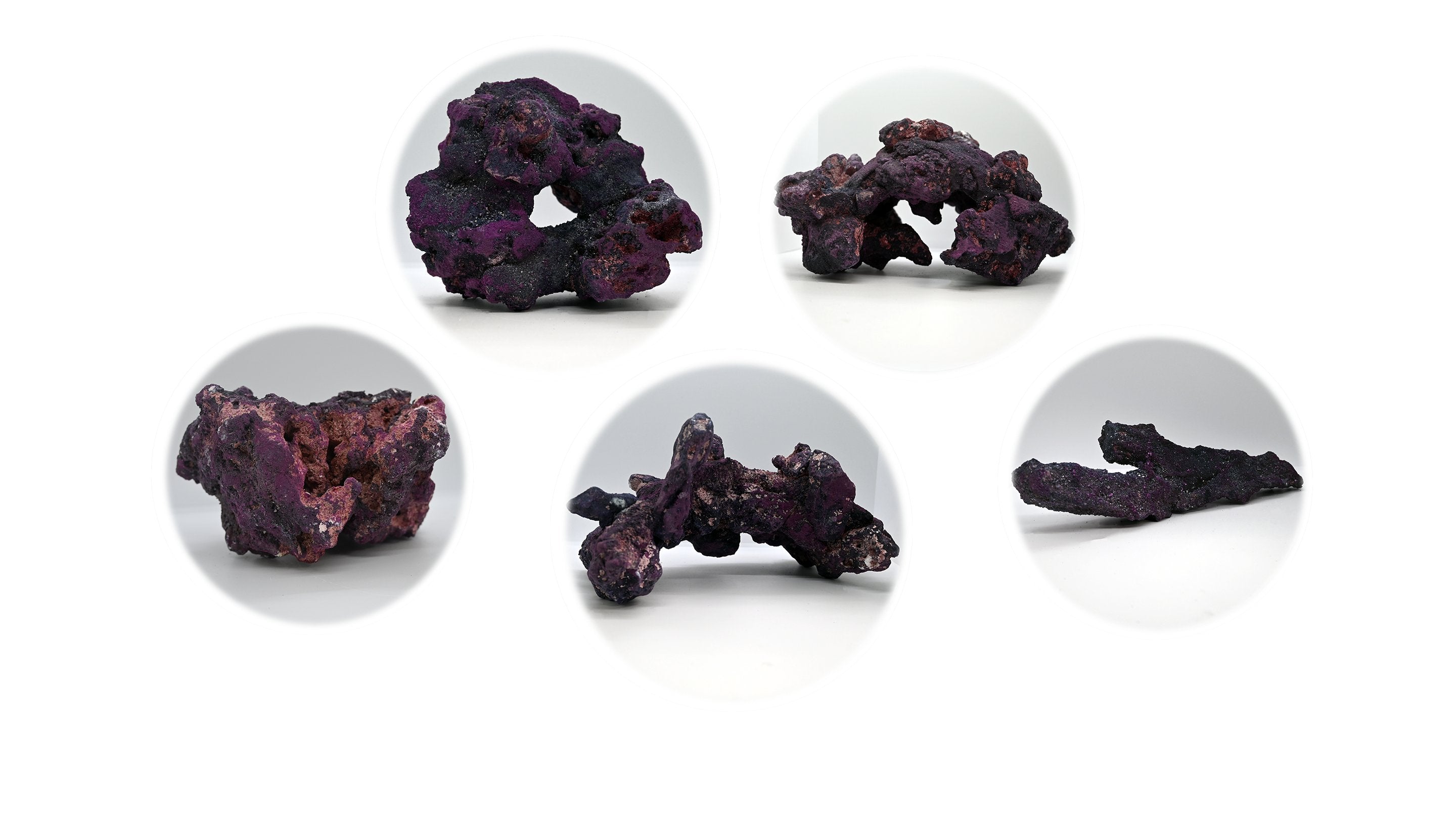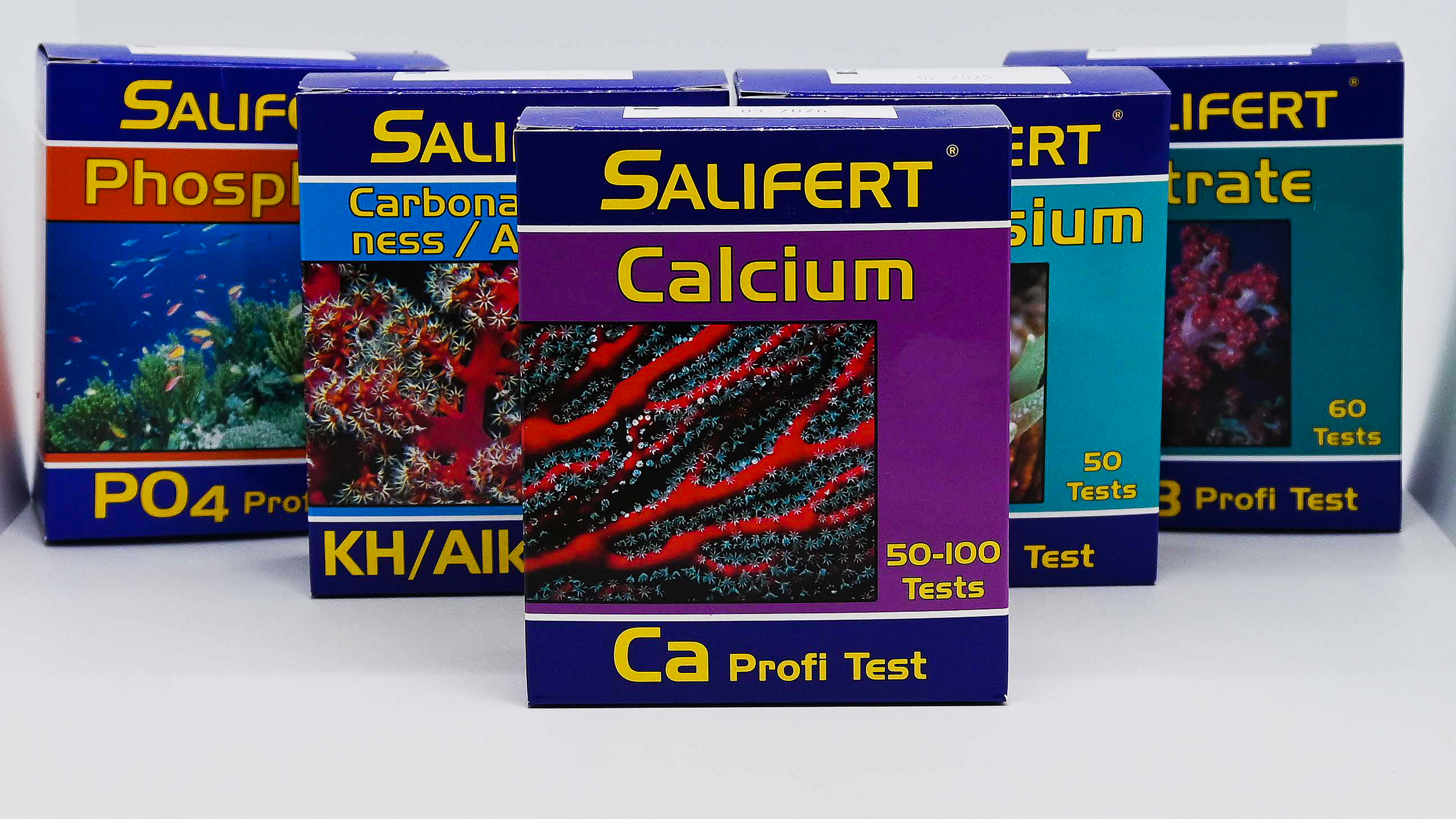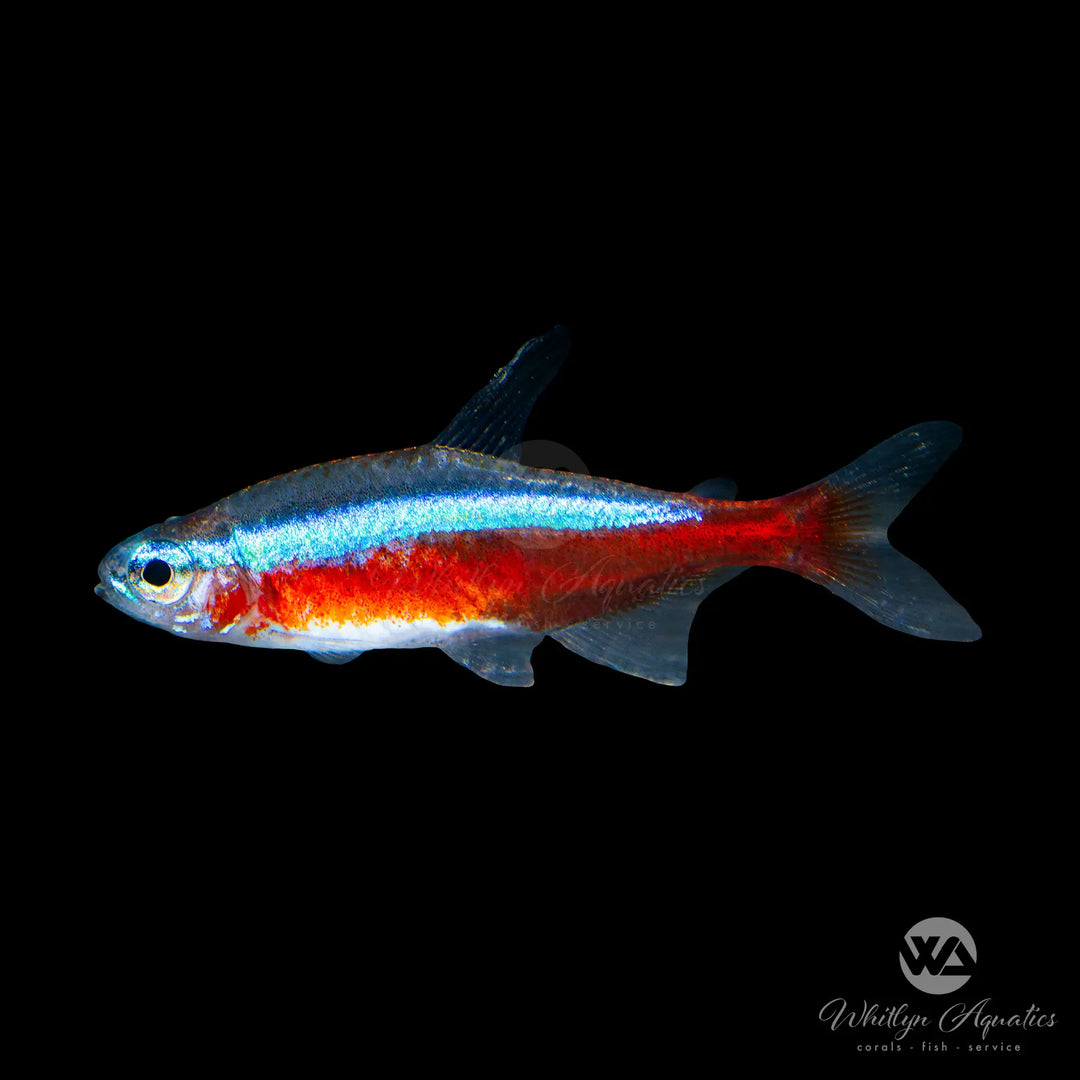
Cardinal Tetra - Paracheirodon axelrodi
- In stock, ready to ship
- Backordered, shipping soon
The Cardinal Tetra (Paracheirodon axelrodi) is a small, colorful freshwater fish popular among aquarists for its vibrant blue and red coloration. Known for its peaceful nature and schooling behavior, this species makes a stunning addition to community tanks.
Common Name: Cardinal Tetra
Scientific Name: Paracheirodon axelrodi
Family: Characidae
Size: 1.5-2 inches (3.8-5 cm)
Temperament: Peaceful and social; best kept in schools.
Difficulty: Easy
Native Region: Native to the blackwater rivers and streams of the Amazon Basin in South America, particularly in Brazil and Colombia, where it thrives in densely vegetated areas.
Tank Size: Minimum of 10 gallons
Temperature: 73-82°F (23-28°C)
pH: 5.5-7.5
Hardness: Soft to moderately hard water
Substrate: Fine gravel or sand with plenty of plants, driftwood, and open swimming space.
• Social Behavior: Best kept in groups of six or more to enhance their natural schooling behavior and reduce stress.
• Compatibility: Compatible with other small, peaceful fish such as rasboras, dwarf cichlids, and small catfish. Avoid aggressive species.
• Diet: Omnivorous; provide high-quality flakes, micro pellets, and occasional live or frozen foods like daphnia and brine shrimp for optimal health.





